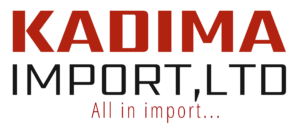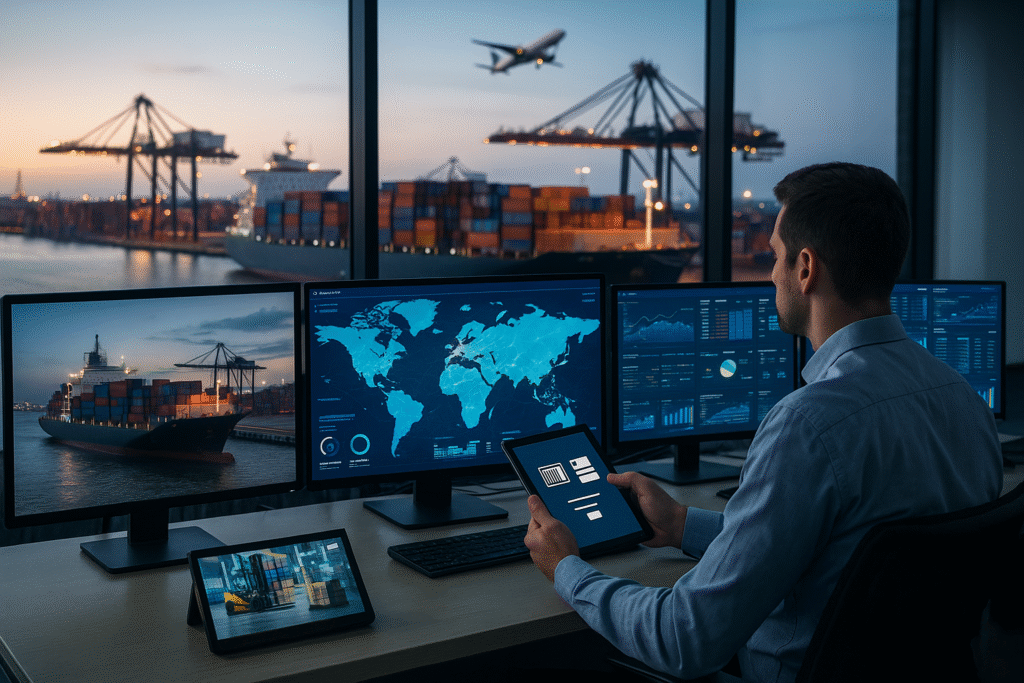Import and export technology today
Import and export technology is now central to global trade; moreover, it aligns procurement, logistics, and finance on shared, real-time data. Therefore, teams coordinate orders, carriers, and customs brokers with fewer handoffs and shorter cycle times. In addition, digital records replace paper at critical checkpoints, which reduces rekeying and errors. Consequently, disruptions surface earlier and allow proactive decisions that protect margins and service levels. Meanwhile, shared dashboards keep stakeholders synchronized from purchase order to final delivery.
Automation and real-time visibility
First, automation eliminates repetitive documentation across invoices, packing lists, and certificates. Furthermore, APIs and EDI push validated data to partners and border agencies; therefore, the error rates that trigger inspections or delays fall sharply. For example, pre-populated declarations cut clearance times at congested gateways. Meanwhile, GPS and IoT sensors report location, temperature, and handling events without manual updates. As a result, planners can rebook capacity, reroute shipments, or pre-clear alternate ports within minutes. With import and export technology embedded in daily workflows, these responses become routine rather than exceptional.
Import and export technology for compliance
However, rules vary by market and change often. In addition, tariff classification, origin, valuation, and licensing create complex edge cases. Consequently, centralized data models and rules engines validate shipments before goods move. Likewise, sanctions and denied-party screening run in the background and escalate only high-risk transactions for review. Therefore, managers fix root causes instead of firefighting audits. For instance, analytics expose anomalies—such as repeated corrections or abnormal transit times—so audits become simpler and border clearance more predictable.
Paperless platforms and resilient supply chains
Moreover, digital platforms connect buyers, suppliers, and logistics partners through standardized workflows. For example, paperless trade replaces couriered forms with secure electronic submissions, signatures, and archiving; consequently, timelines become transparent and reliable. In addition, single-window systems consolidate interactions with customs and partner agencies into one entry point, which reduces bottlenecks. Ultimately, import and export technology will continue advancing with AI forecasting and greener routing; nevertheless, the foundation remains stable: clean data, connected partners, and automated workflows that remove friction at every handoff.
Fuente: World Customs Organization

